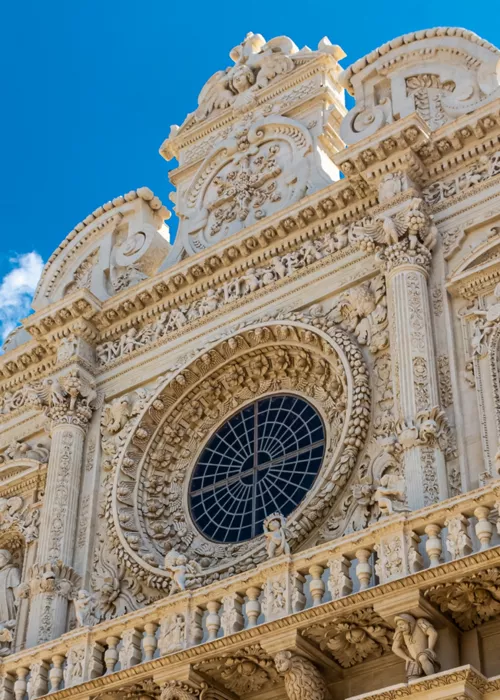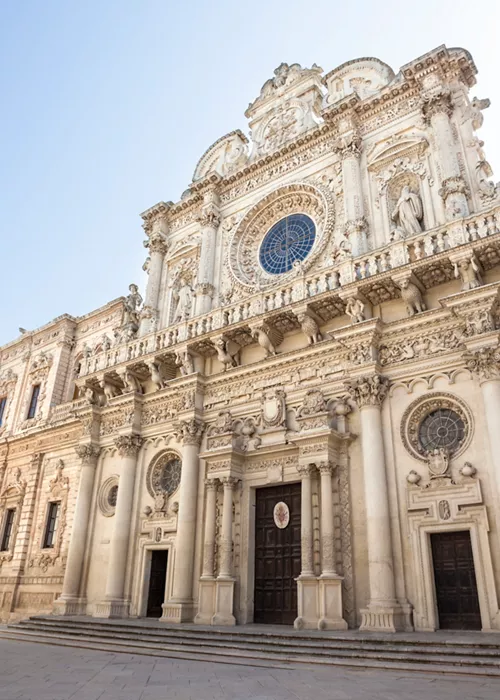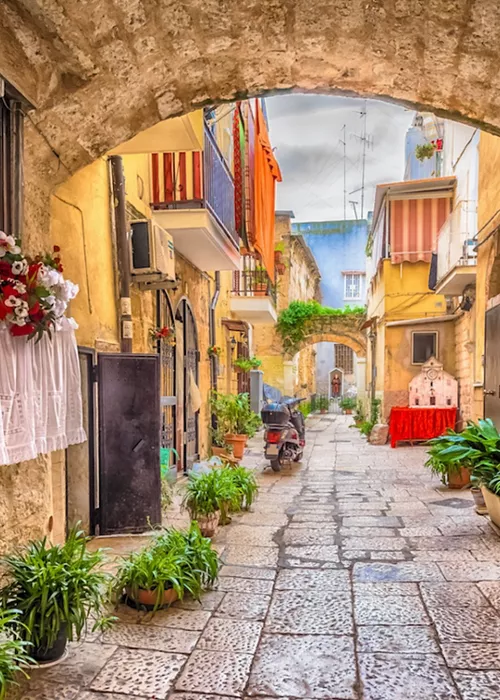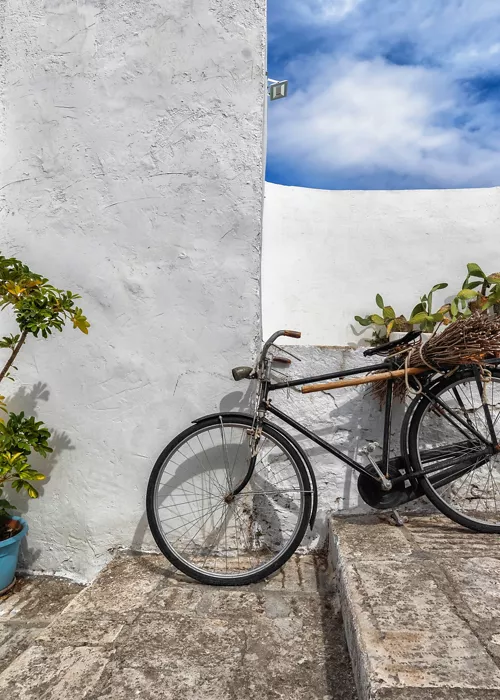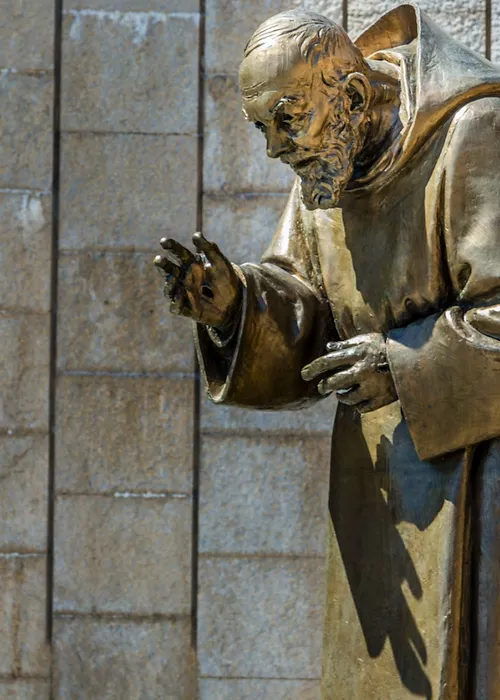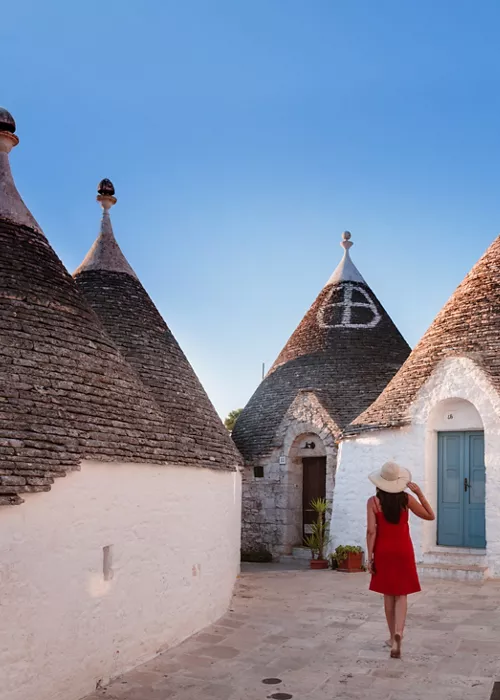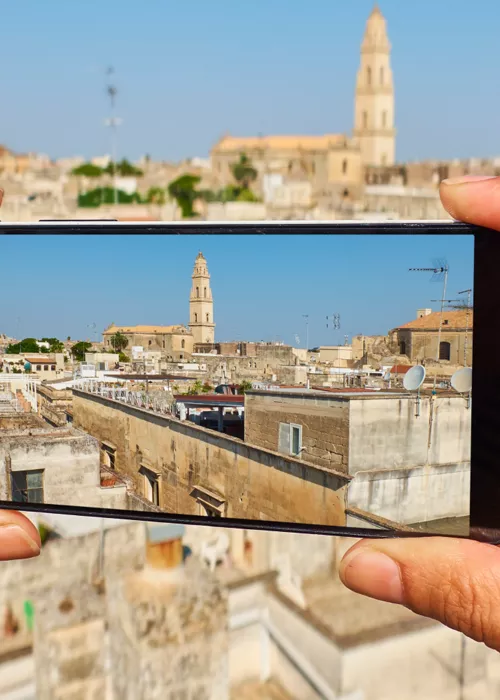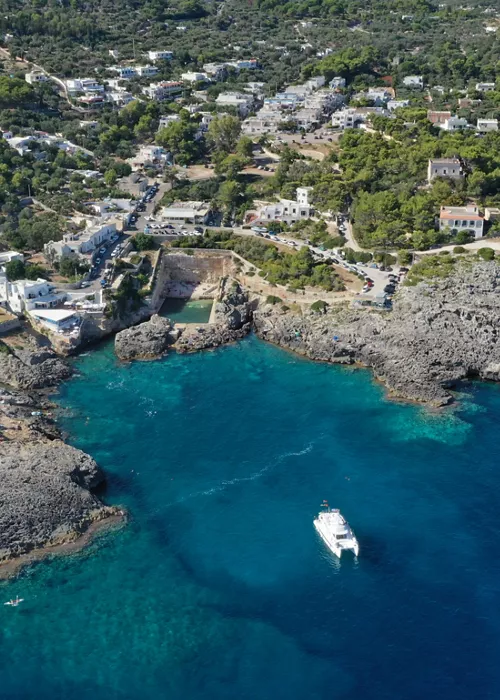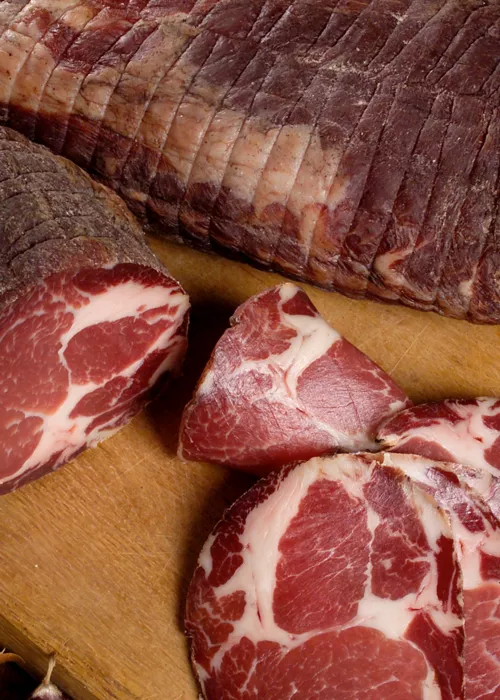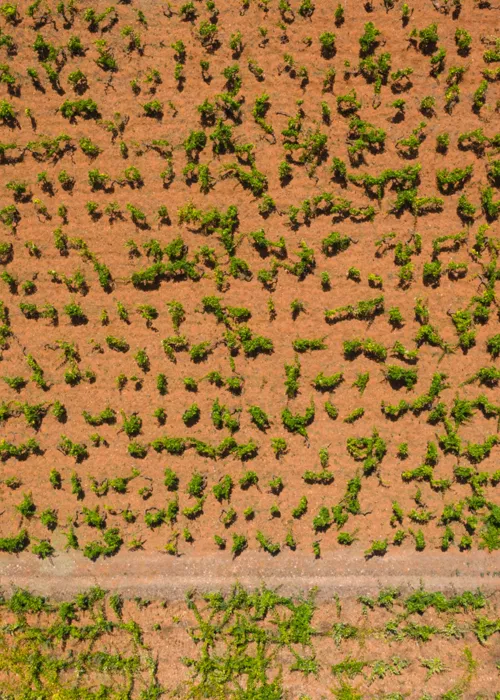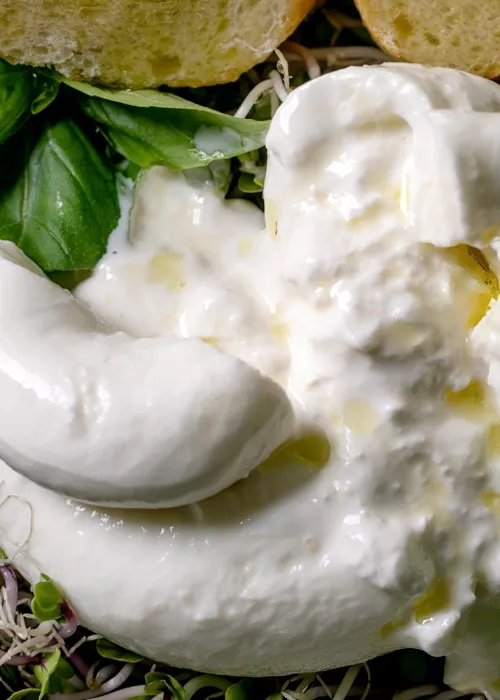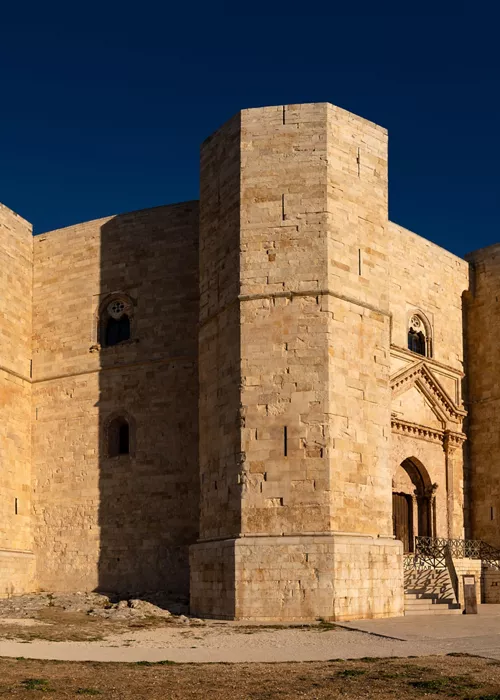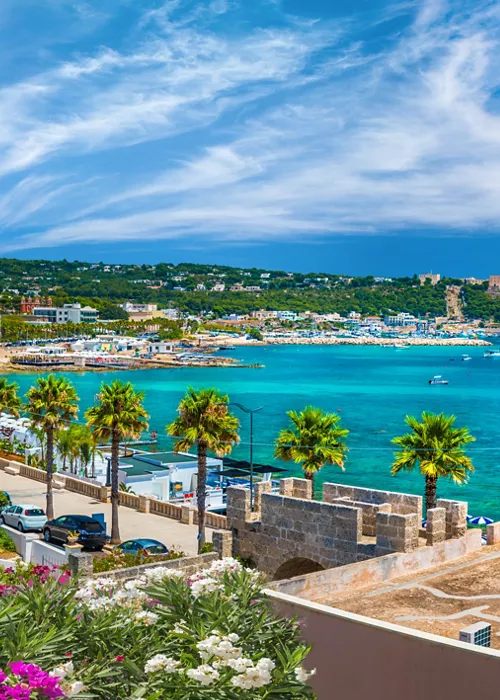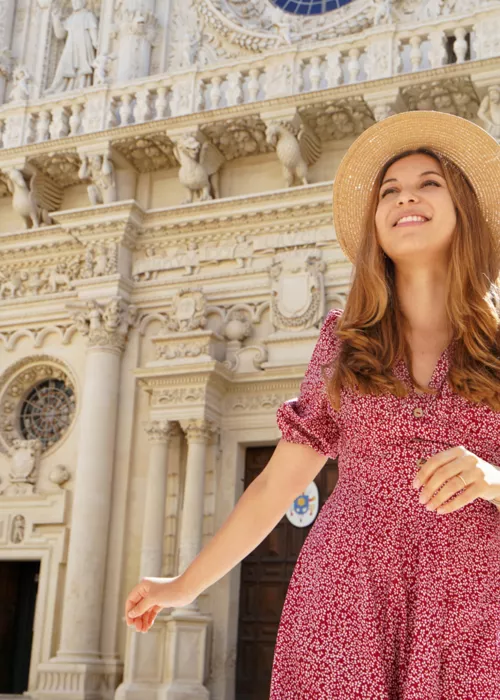Lecce: la splendida città baciata dal sole tra le bianche pietre
5 minuti
Caratterizzata dalle colonne, dagli archi, dai numerosi rosoni, ma anche dalle tipiche piazzette e dai vicoli inaspettati, è costellata di meravigliosi palazzi nobiliari e spicca tra le più belle città d’arte della nostra penisola.
Nota come “la Firenze del Sud”, Lecce stupisce, affascina e conquista con i resti archeologici della dominazione romana e con l’esuberanza del barocco seicentesco, qui noto come “barocco leccese”, espressione unica di un linguaggio popolare dalle radici mediterranee.
I turisti da tutto il mondo sono conquistati anche dal ben noto calore pugliese e dalla tradizione enogastronomica, superlativa.
Lecce è una città viva che offre numerose occasioni di divertimento tra eventi creativi e appuntamenti annuali con la tradizione.
Storia e curiosità su Lecce
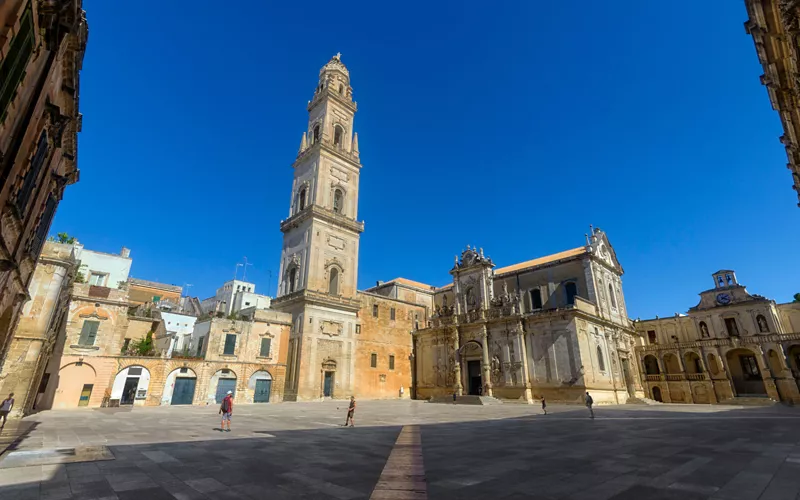
La storia di Lecce è intrigante. Pare che le sue origini risalgano al V secolo a.C., ma una leggenda ne attribuisce la fondazione addirittura intorno al 1200 a.C. per opera di Malennio, subito dopo la distruzione della città di Troia. La conquista da parte di Roma le assicurò un forte sviluppo economico ed edilizio.
Con la caduta dell’impero di Marco Aurelio, Lecce subì un lento declino. L'arrivo dei Normanni nel sud Italia risollevò le sorti della città, che diventò contea e successivamente capoluogo del Salento. Soggetta dal 1463 al Regno di Napoli, Lecce acquistò sempre più importanza fino a diventare un vivo centro culturale che sviluppò traffici commerciali coi mercanti di mezzo mondo.
I due secoli seguenti videro tutto il Salento minacciato a più riprese dalle incursioni turche e dalle invasioni saracene nel sud Italia, tanto che, sotto il regno di Carlo V, la città fu dotata di una nuova cinta muraria e di un castello. Proprio con Carlo V iniziò l’era che rese Lecce una delle città barocche più importanti e visse un vero e proprio Rinascimento Salentino.
Dopo l'Unità d'Italia, numerose opere pubbliche la resero ancora più caratteristica, con una prima espansione fuori dalle mura e la creazione di nuovi quartieri in stile neoclassico, neomoresco e neogotico.
Cosa vedere a Lecce: i luoghi imperdibili
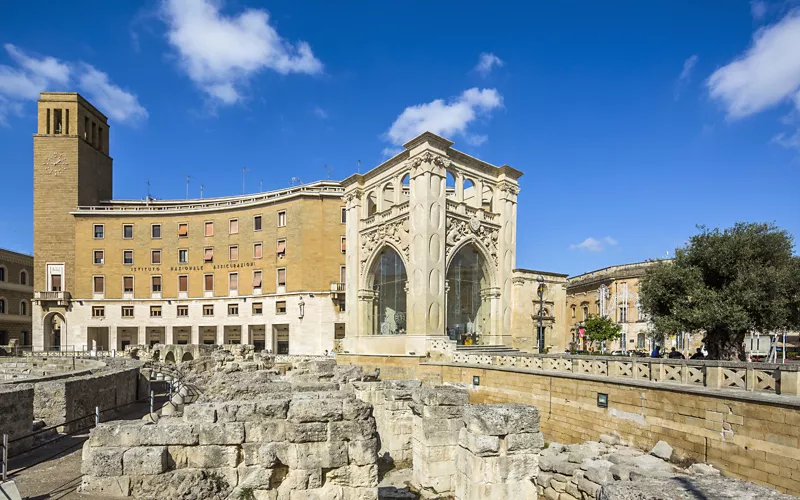
Ricchissima di opere d'arte di epoca romana, medievale e rinascimentale, ma celebre nel mondo per lo stile barocco declinato in modo del tutto particolare e specifico, è una città ricca di attrattive. Cosa vedere a Lecce? Questa è mini guida ai luoghi più amati, da visitare assolutamente:
- Il tour della città non può non partire dal Duomo di Lecce. Con la sua piazza che è un vero e proprio museo a cielo aperto, la Cattedrale di Maria Santissima Assunta è caratterizzata da un campanile e due facciate, una molto sobria, l’altra riccamente decorata.
- Si passa poi dalla Piazza di Sant’Oronzo a Lecce, intitolata al patrono della città. Qui vi troverete di fronte a un capolavoro di testimonianze storiche che raccontano epoche differenti.
- Imperdibili, poi: Porta Napoli, un varco ad arco di trionfo che conduce direttamente al centro storico della città e la Basilica di Santa Croce a Lecce, l’esempio più significativo di barocco leccese con le decorazioni della facciata così fastose da lasciare a bocca aperta.
Il centro storico di Lecce tappezzato di portali, chiese, guglie, monumenti e abitazioni in pieno stile barocco leccese da ammirare, vale la pena di essere girato in lungo e in largo anche solo passeggiando. Il tramonto, soprattutto se arriverete a Lecce in estate, è il momento migliore; ad accogliervi in città troverete una temperatura più mite e una luce che infiamma i monumenti che vi appagherà come poche.
Tra gli altri punti di interesse da non perdere, intrisi di storia e di bellezza oltre ogni immaginazione, suggeriamo: l’Anfiteatro, la Porta Rudiae, il Castello di Carlo V e l’Abbazia di Santa Maria di Cerrate.
4 idee su cosa fare a Lecce
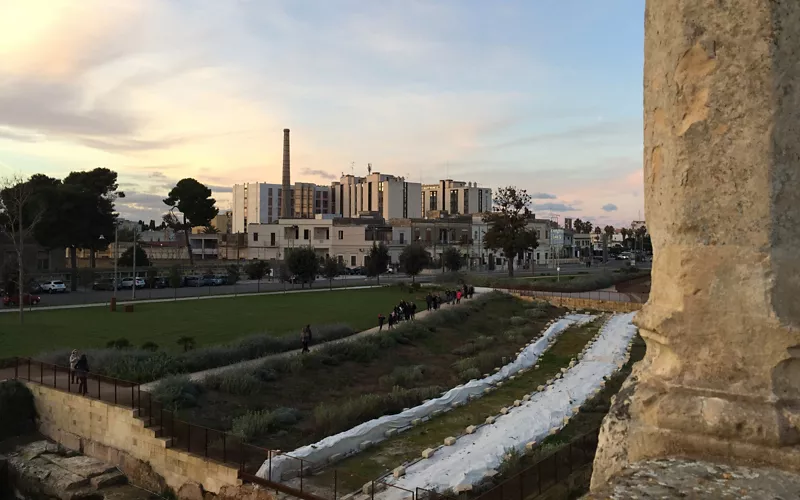
Il mare di Lecce è e rimane un passatempo meraviglioso con spiagge tra le più belle d’Italia sparse sull’ampio territorio costiero. Una vacanza nei dintorni della città saprà dunque unire relax e cultura come poche altre destinazioni in Italia.
Perdersi nella storia è questione di un istante al Museo Sigismondo Castromediano, il più antico museo archeologico della Puglia dotato anche di una piccola pinacoteca e di un lapidario, con resti della civiltà messapica e degli insediamenti romani.
Una visita alle Mura Urbiche di Lecce è poi d’obbligo: volute da Carlo V per frenare le scorribande turche, un’importante testimonianza di fortificazione cinquecentesca. Infine, l’esperienza del caffè alla leccese è consigliata per un risveglio carico di sapore ed energia: il caffè, espresso o della moka, viene accompagnato da ghiaccio e latte di mandorle.
Cosa mangiare a Lecce: 8 specialità
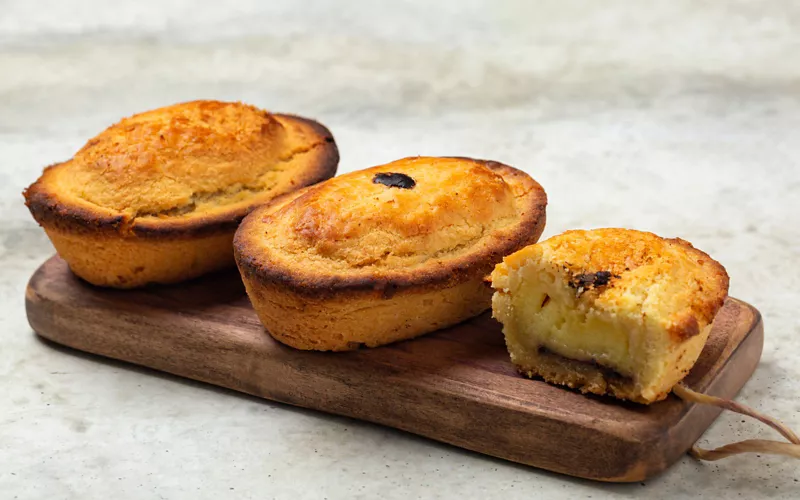
Ricca, mediterranea e saporita: la cucina leccese ha una tradizione antichissima. Cosa mangiare a Lecce? I piatti tipici più amati sono tantissimi e sarà bello assaggiarli nei tanti ristoranti del centro cittadino cercando di carpire i segreti delle ricette della tradizione leccese.
- Partiamo dai primi piatti dove la fanno da da padrone le orecchiette al sugo, e cosa se no. Ciceri e tria, un particolare taglio di pasta a rombi, in parte lessata e in parte fritta, insaporita dai ceci, è una degnissima alternativa e non dimenticate di provare anche sagne 'ncannulate, tagliatelle ritorte e condite con sugo di pomodoro, formaggio ricotta e foglie di basilico fresco. Infine il gustosissimo rustico leccese, composto da 2 dischi di pasta sfoglia due dischi di pasta sfoglia ripieni di besciamella, polpa di pomodoro, mozzarella fior di latte e pepe;
- Se mare per voi vuol dire pesce dovete provare scapece, un pesce azzurro, generalmente lo zerro, fritto e condito con olio evo, mollica di pane, zafferano, aceto e altre spezie;
- Tra i dolci impera il pasticciotto leccese, un amatissimo dolce di pasta frolla farcita di crema pasticcera. Degno di nota anche il fruttone, pasta frolla ripiena di marmellata e pasta di mandorle fresca, con uno strato superiore di cioccolato fondente.
Lecce approfondimento
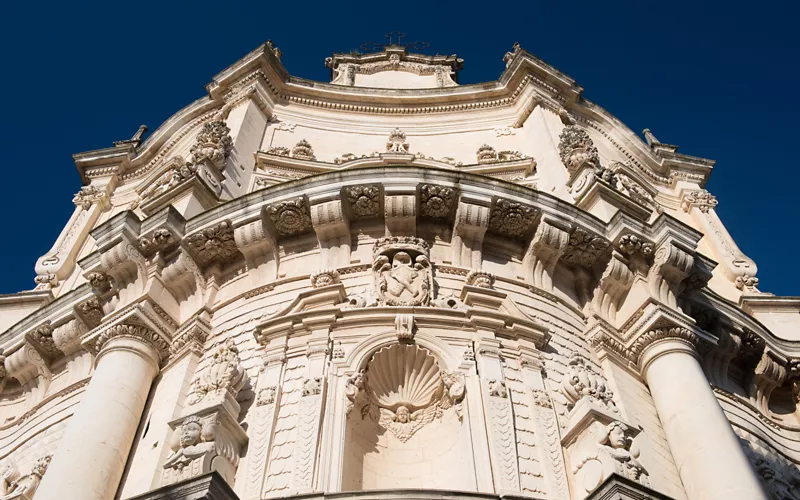
Evitare i classici luoghi più turistici per scoprire un altro lato dell’anima della città è possibile.
Bellissima e fuori dai classici radar, la Chiesa di San Matteo è un luogo di culto cattolico barocco con una facciata particolare: una parte superiore concava e liscia, una parte inferiore convessa, decorata a squame e bugne.
Vico del Theutra lascerà a bocca aperta i più curiosi: nel centro storico di Lecce, all’angolo con via Federico D’Aragona, è possibile scorgere un piccolo volto di donna scolpito sul palazzo tra le due vie. Commissionato da un ragazzo che aveva perso la sua amata, racconta un amore struggente.


